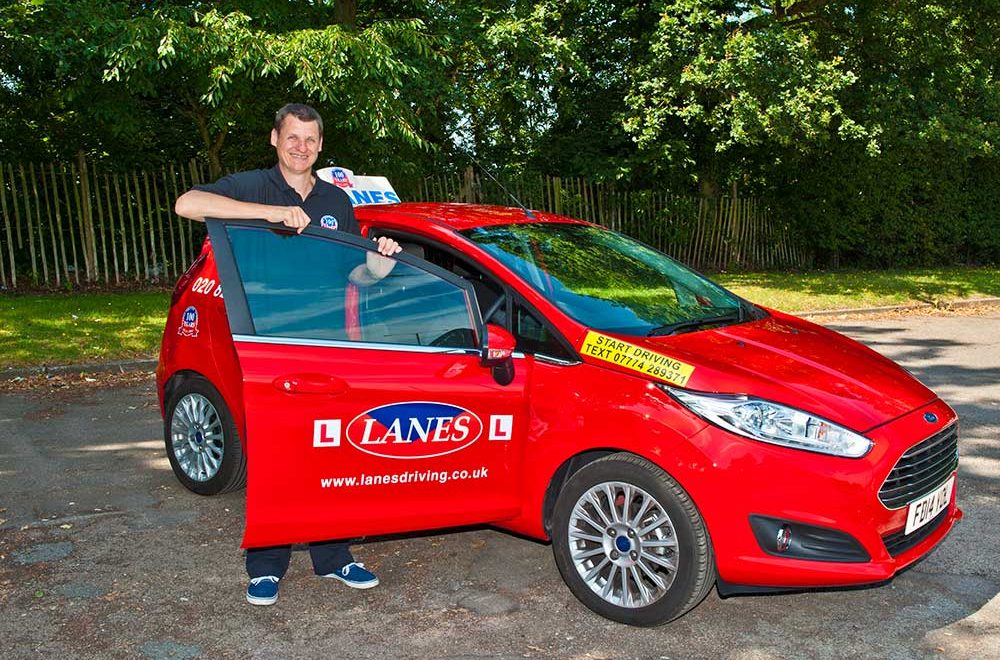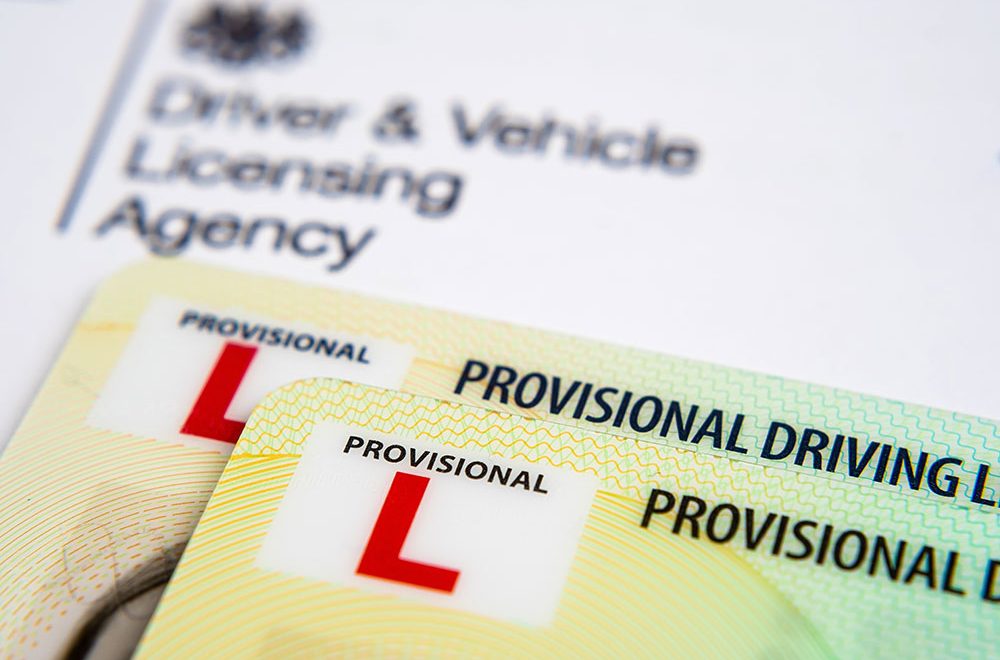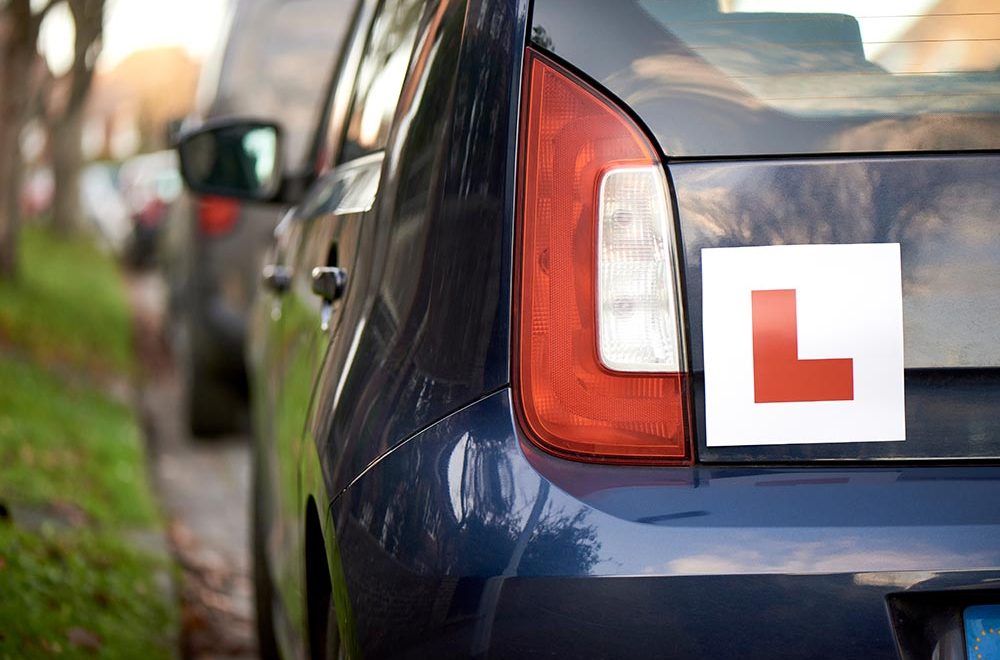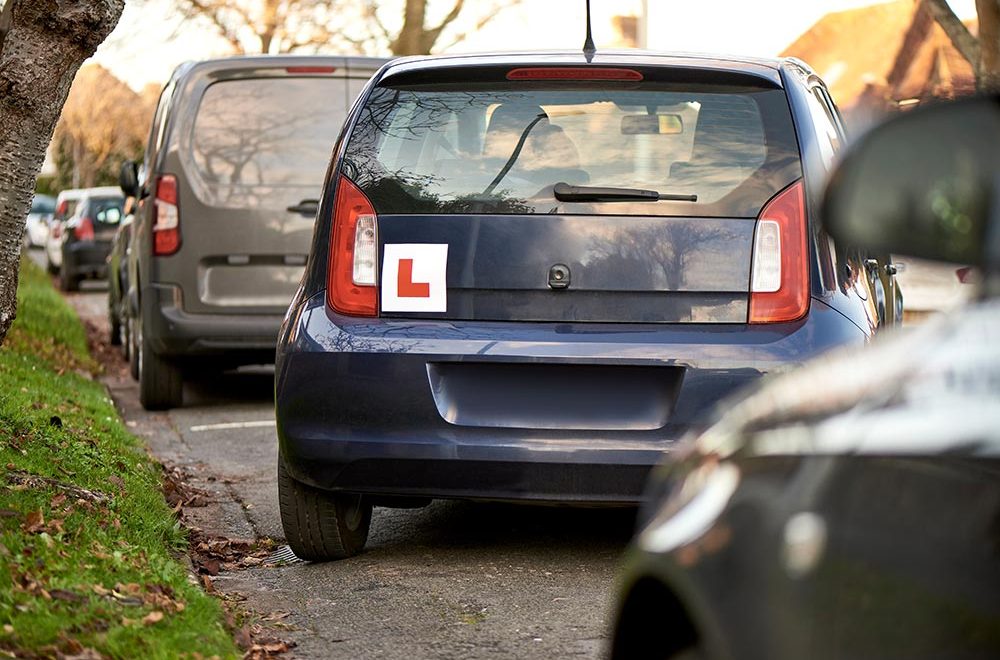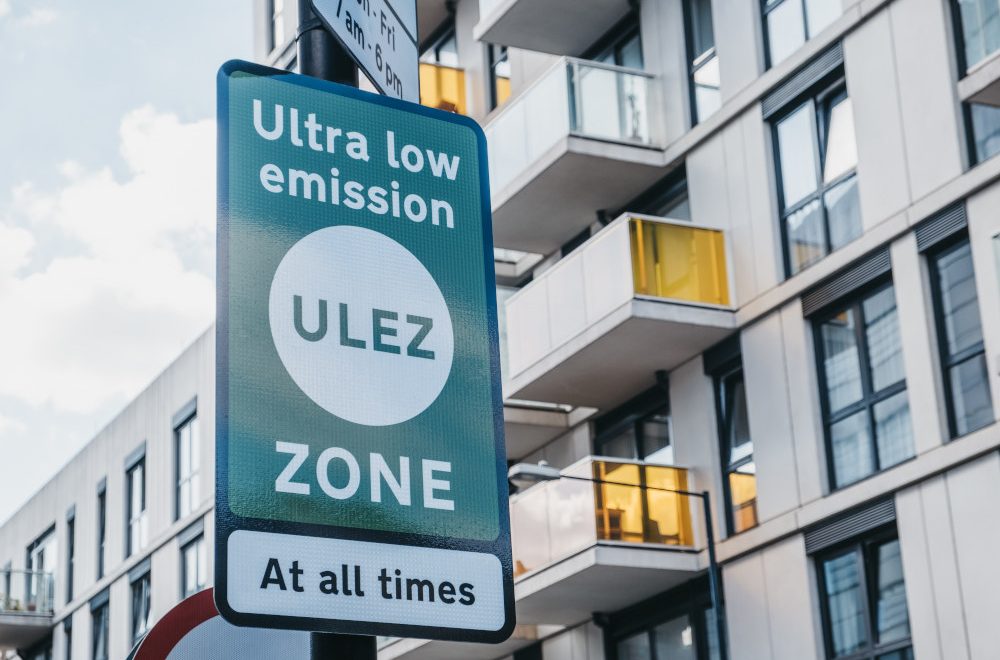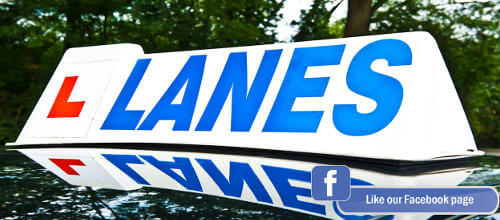A guide to renewing your UK driving licence: Know the rules
As UK driving instructors, one of the most important aspects of our jobs is ensuring that learners not only master the art of driving but also stay up-to-date with the legal requirements surrounding their driving licences. Over the years, we’ve noticed that many new learners are unaware of when and how they should renew their driving licences. Therefore, in this blog, we will shed light on the renewal process, particularly for new learners and drivers over 70, helping you navigate the system and avoid any unwanted legal troubles.
1. Renewing the photocard: every 10 years
For all new learners and experienced drivers, it is crucial to be aware that the photocard driving licence must be renewed every 10 years. This photocard serves as proof of identity and enables you to legally drive on the UK roads. Many learners are often focused on passing their driving tests, which might lead them to overlook this essential aspect.
The renewal process for the photocard is quite simple. The Driver and Vehicle Licensing Agency (DVLA) will usually send you a reminder letter approximately 90 days before your photocard expires. You can apply for a renewal online, by phone, or by post. Make sure to keep your contact information updated with the DVLA to receive timely reminders.
2. Renewal for drivers over 70: every 3 years
Once a driver turns 70 years old, there are additional renewal requirements to consider. Unlike the 10-year renewal for everyone else, those over 70 need to renew their driving licence every 3 years. This process ensures that elderly drivers are still fit and safe to drive, as health conditions and capabilities may change with age.
To renew your licence once you’ve reached 70, you will need to complete a medical self-assessment. This assessment is a series of simple questions about your health and any medical conditions that may impact your driving ability. In some cases, you may need to provide a medical report from your doctor. These measures are in place to prioritise road safety and ensure that all drivers are in good health to operate a vehicle.
3. Be proactive: don’t wait for reminders
While the DVLA sends out reminder letters for photocard renewal, it’s crucial not to rely solely on these notifications. Life can get busy, and important letters may get overlooked or misplaced. Being proactive about the renewal process is essential to avoid potential penalties and ensure that your driving licence is always valid.
A useful tip is to set a personal reminder on your calendar or smartphone at least six months before your licence expires. This way, you’ll have ample time to renew your photocard and complete any necessary assessments or medical checks.
4. Keep your details updated
Maintaining accurate and up-to-date personal information with the DVLA is crucial throughout your driving life. Whenever you change your address or contact details, make sure to notify the DVLA promptly. This ensures that you receive any important communication regarding your driving licence renewal without delays.
As a responsible and informed driver, staying on top of your driving licence renewal is vital. Remember to renew your photocard every 10 years and if you are over 70, you need to renew it every 3 years. Keep your details updated with the DVLA, and don’t solely rely on reminder letters. By being proactive and following these simple steps, you can ensure that your driving journey remains smooth, safe, and legally compliant.



